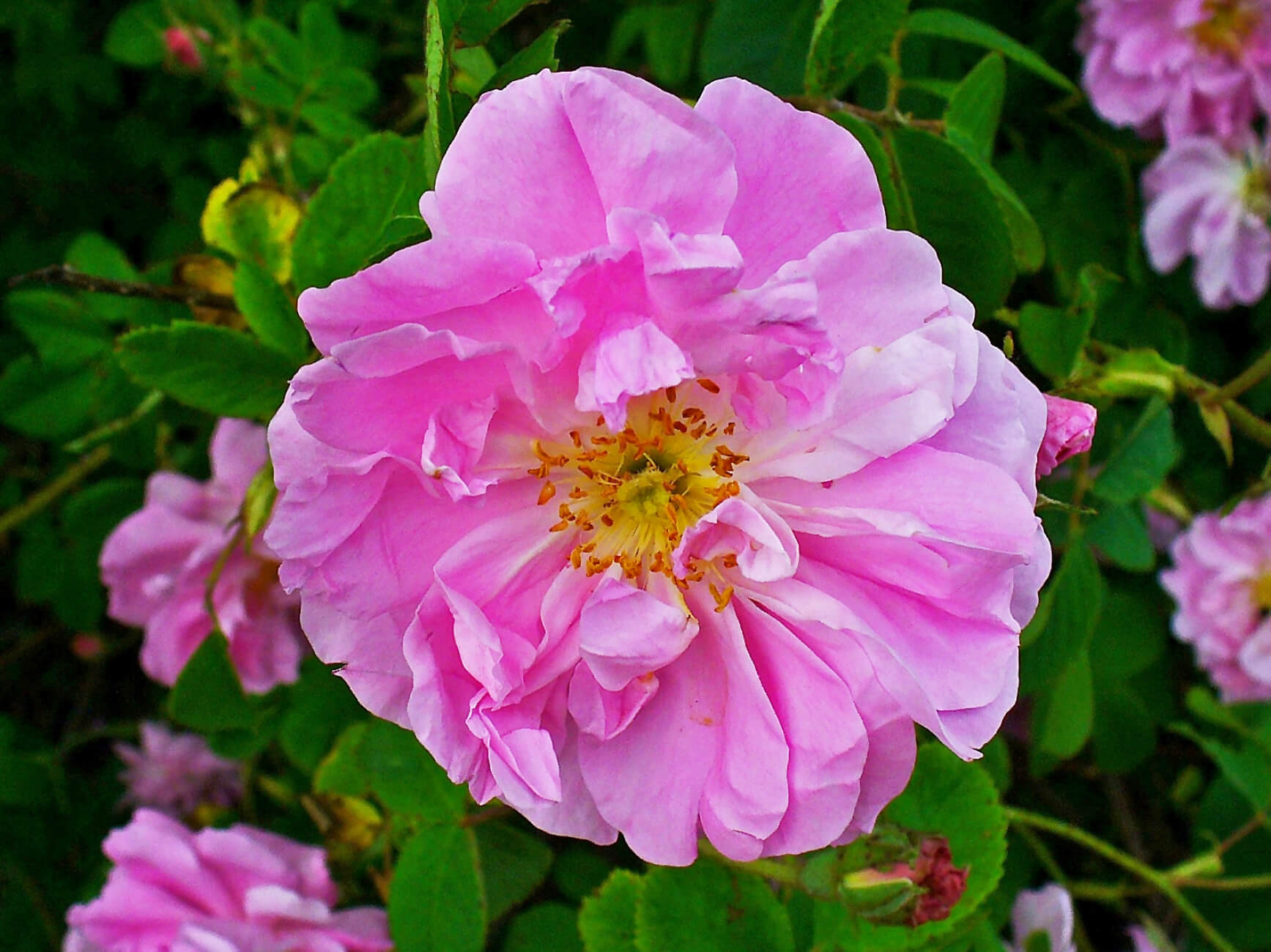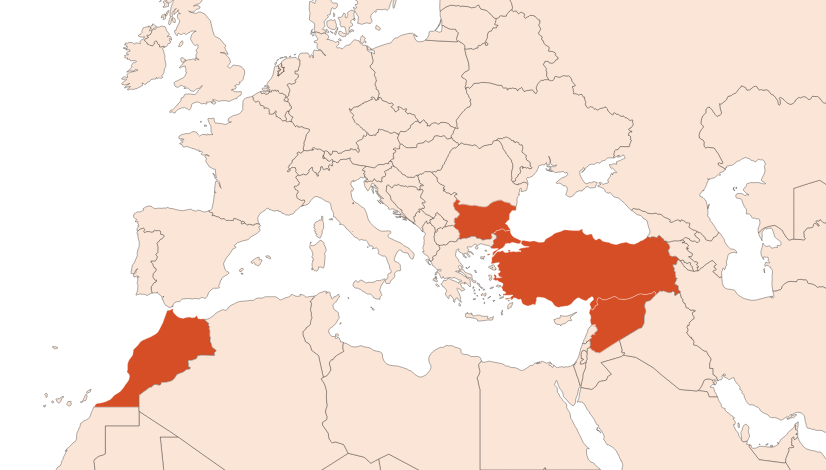
| Company | Ingredient Name | ID | Comments | Naturality | Certifications | Purity | Latin name | Treated part | Geographical origin | MOQ |
|---|---|---|---|---|---|---|---|---|---|---|
|
|
Rose de Damas HE - 30gr | - |
Visit website
|
- | - | - | - | - | - | |
|
|
ROSE | 820 |
Visit website
|
Huile essentielle | - | Rosa x damascena Miller | Fleur | Bulgarie | - | |
|
|
ROSE | F2360 |
Visit website
|
Huile essentielle |

|
- | Rosa x damascena Miller | Fleur | Bulgarie, Turquie | - |
|
|
ROSE | F2355 |
Visit website
|
Huile essentielle |


|
- | Rosa x damascena Miller | Fleur | Bulgarie | - |
|
|
ROSE 50/50 MIX | E4505 |
Visit website
|
Huile essentielle | - | Rosa x damascena Mill. | Fleur | France | - |
General Presentation
-
CAS N° : 8007-01-0
-
EINECS number : 90106-38-0
-
FEMA number : 2989
-
Appearance : Colorless liquid
-
Density :
-
Volatility : Heart
-
Price Range : €€€€€
Physico-chemical properties
-
Optical rotation : Donnée indisponible
-
Vapor pressure : Donnée indisponible
-
Refractive Index @20°C : Donnée indisponible
-
Acid Value :
-
Flash Point :
Uses
Uses in perfumery :
Used for rose notes, and to go with oriental perfumes. Much less used than the absolute.
Major Components :
- Citronellol (30-40%)
- Geraniol (10-20%)
- Nerol (5-10%)
- Phenyl Ethyl Alcohol (2-8%)
- Methyl Eugenol (≈2%)
- Plotters (compounds exclusively found in this raw material, abling its identification in analysis) : Nonadecane (5-20%) et Heptadecane

Photo credits: ScenTree SAS
Botanical name :
Rosa ×damascena Mill.
Synonyms : Rosa belgica Mill. // Rosa gallica var. damascena Voss
Botanical profile :
The Damascus rose, or damascena rose, is the flower of a shrub of the Rosaceae family and the genus Rosa.
Chemotypes :
Several species of rose can be extracted for the perfume industry :
Rosa centifolia or Rose de mai EO - Rose de Mai Absolute, grown in the region of Grasse, is the most prized of all rose species.
Rosa Damascena or Damask Rose Absolute - Damask Rose EO
Other widely used species, not necessarily in perfumery :
Rosa canina or dog rose, found in the temperate regions of Europe, Asia and Africa.
Rosa gallica, or French rose, native to Central Europe and Asia Minor.
Rosa moschata, or musk rose, native to Asia Minor and cultivated in Europe.
Rosa rugosa, or rugosa rose, native to Japan and China.
The genus Rosa contains globally about 250 species, and no less than 25 000 varieties!
Extraction process :
As for the Rose de Mai, this rose native to Syria is harvested from May to June and picked by hand one by one. The crop starts early in the morning, around 6am, and ends in the late morning. Ideally, the roses that are picked should be half open, to ensure a good extraction yield. They are placed in sacks before they are brought to the factory, where the bags are weighed. It is best to extract the fresh roses to produce the essential oil. Although, these can not all be extracted at once. Therefore, to avoid maceration problems, it is advisable to keep them fresh and protected from moisture.
Every day about 200 tons of roses can be extracted, combining hydrodistillations and volatile solvent extractions.
Roses are steam distilled. The essential oil is collected after a few hours of distillation in a florentine vase by decantation of the rose water.
The smell of the oil is more lemony and fresh than the Damask rose absolute, which is warmer and waxy.
The production of 1 kg of rose essential oil requires the harvest of 3500 to 4000 kg of rose and has a yield of 0.25 ‰, which explains the price of this raw material.
Other comments :
Unlike the absolute, it contains very little Phenyl Ethyl Alcohol as this molecule has very little affinity with water, unlike volatile solvents such as hexane or Ethanol.
In 1762, the term ''Damask rose '' was introduced for the first time in Europe by Jean Hermann, who found a hybrid of this rose in Damascus, Syria.
Stability :
The terpenes identified in this raw material can polymerize when they are oxidized
Regulations & IFRA
IFRA 51th :
This ingredient is not restricted for the 51th amendment


